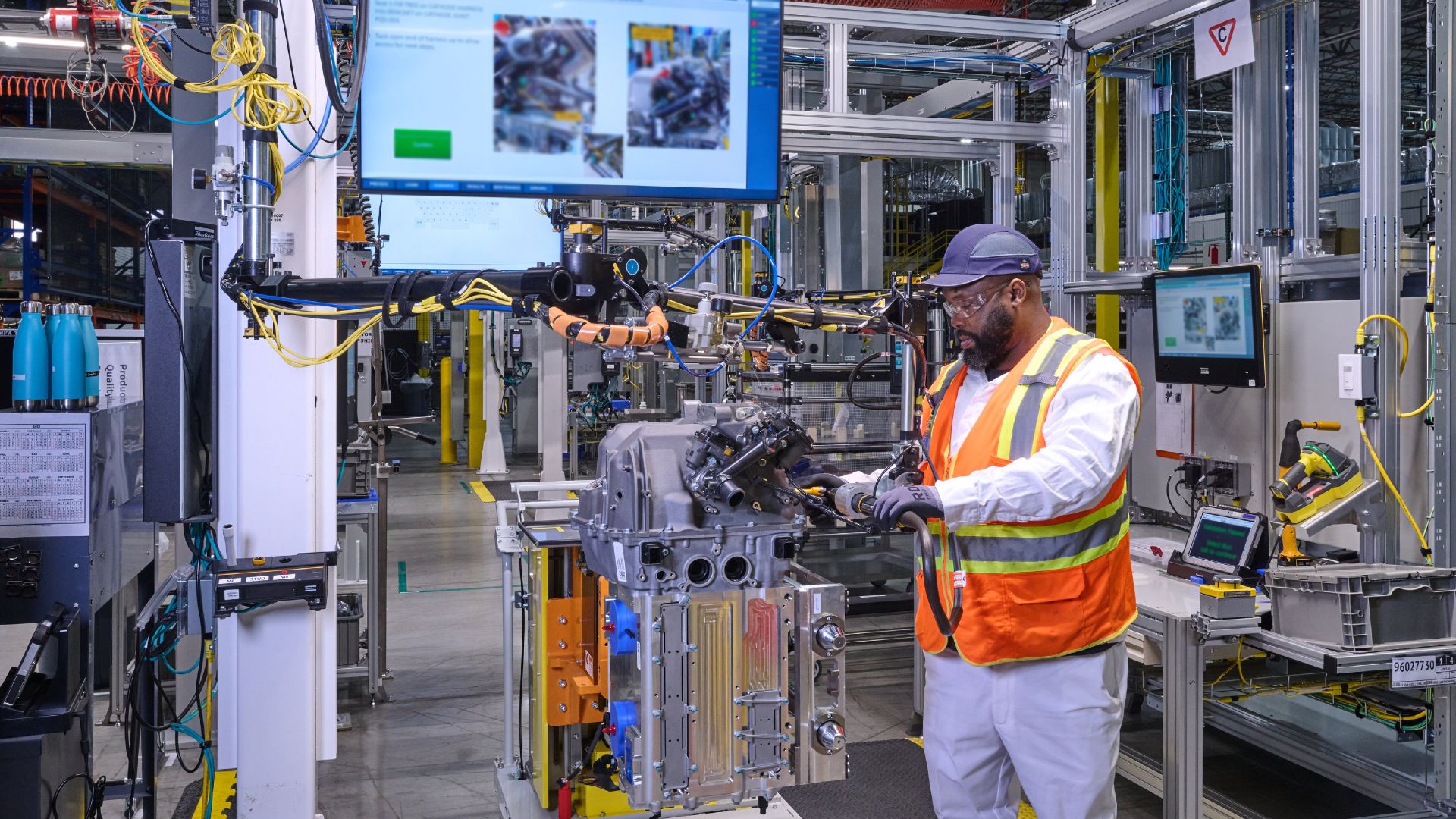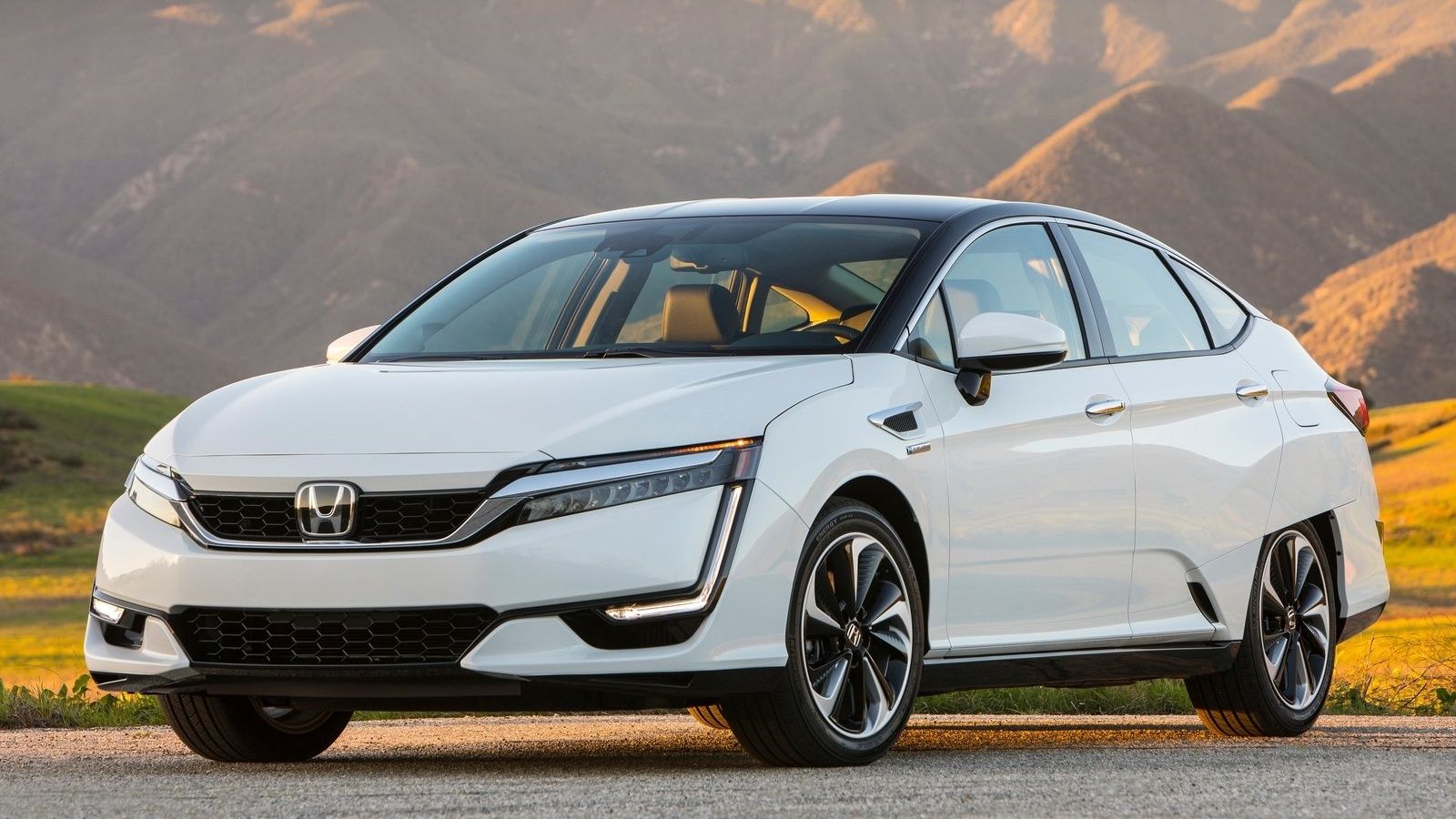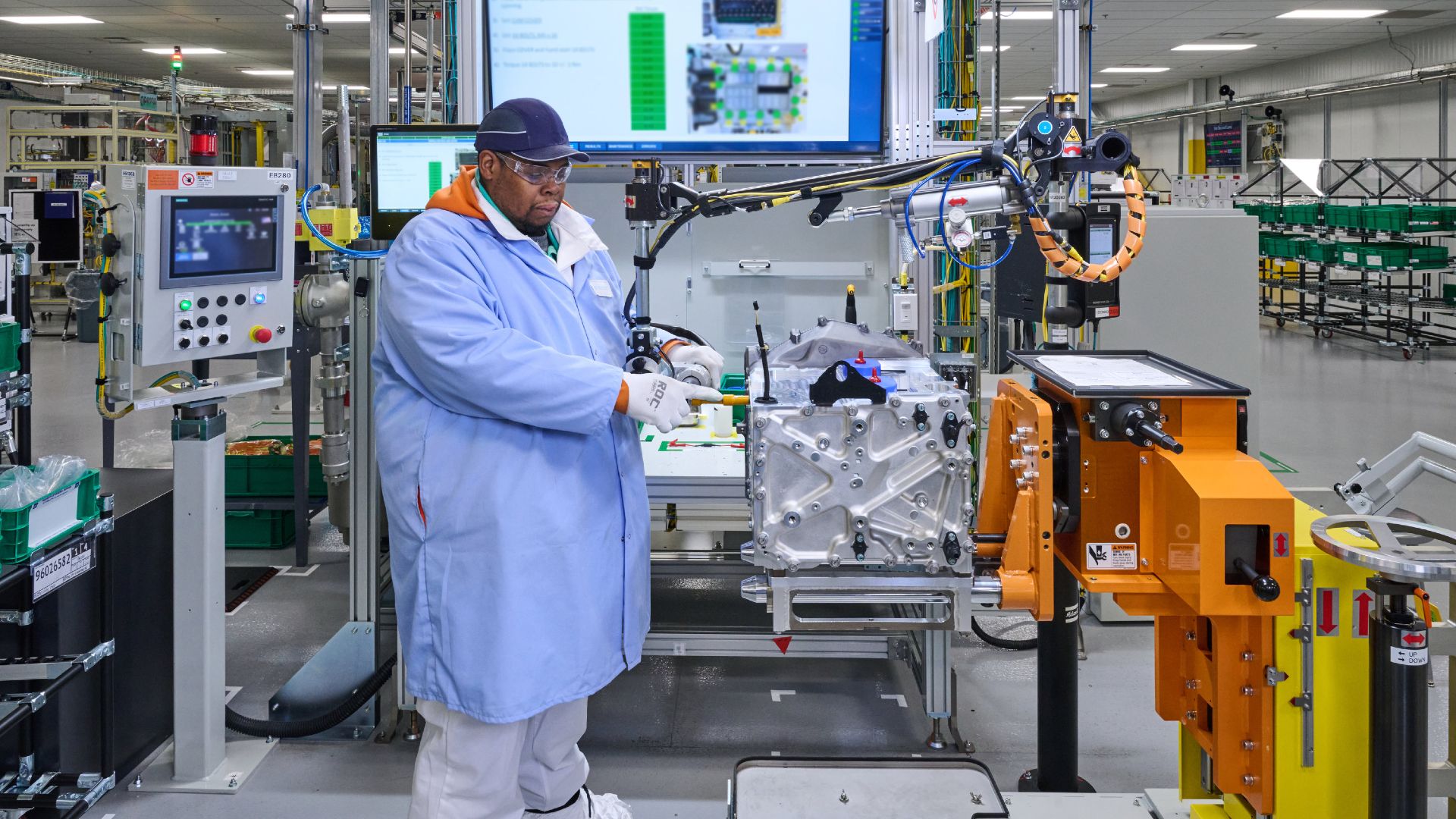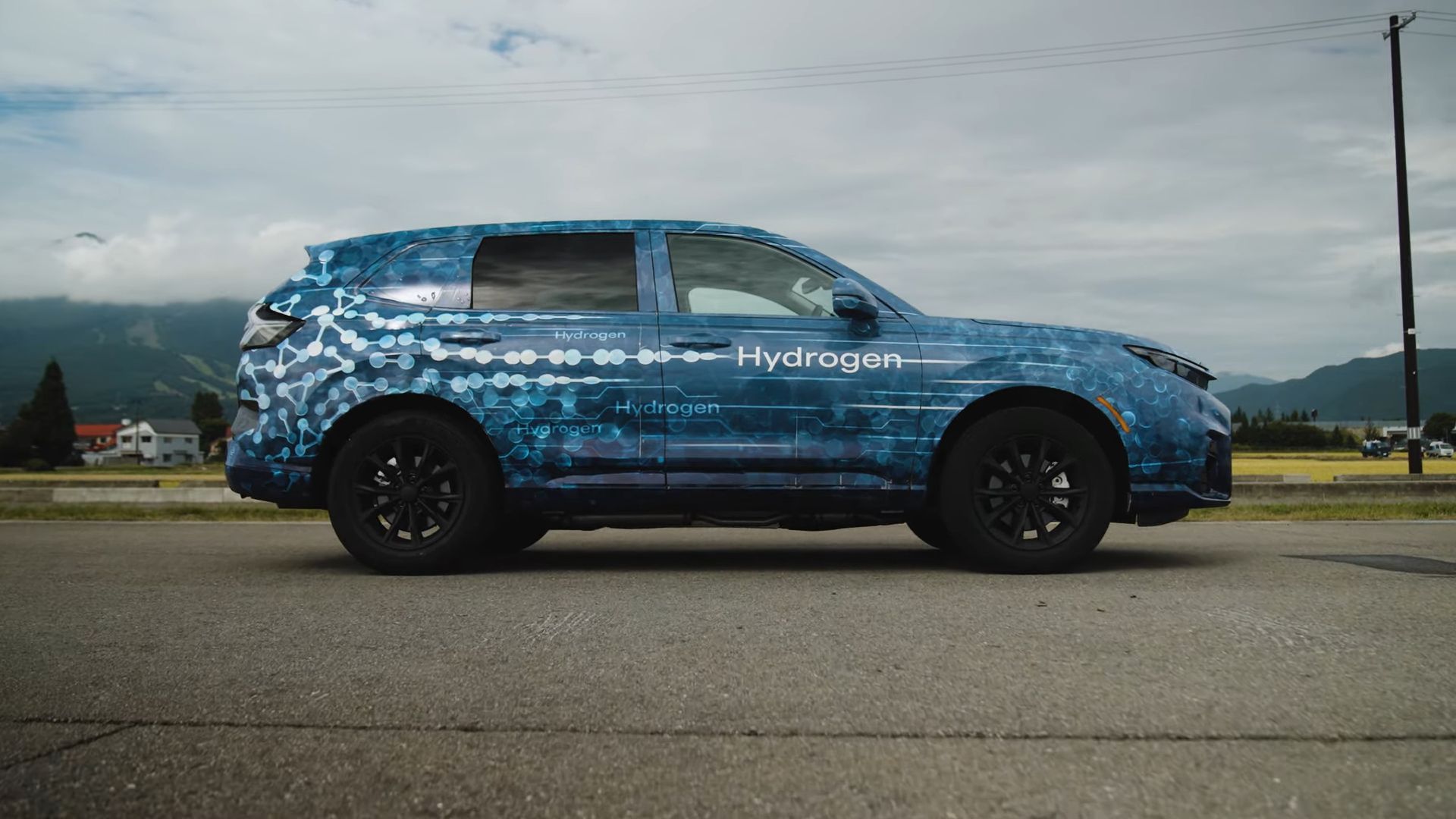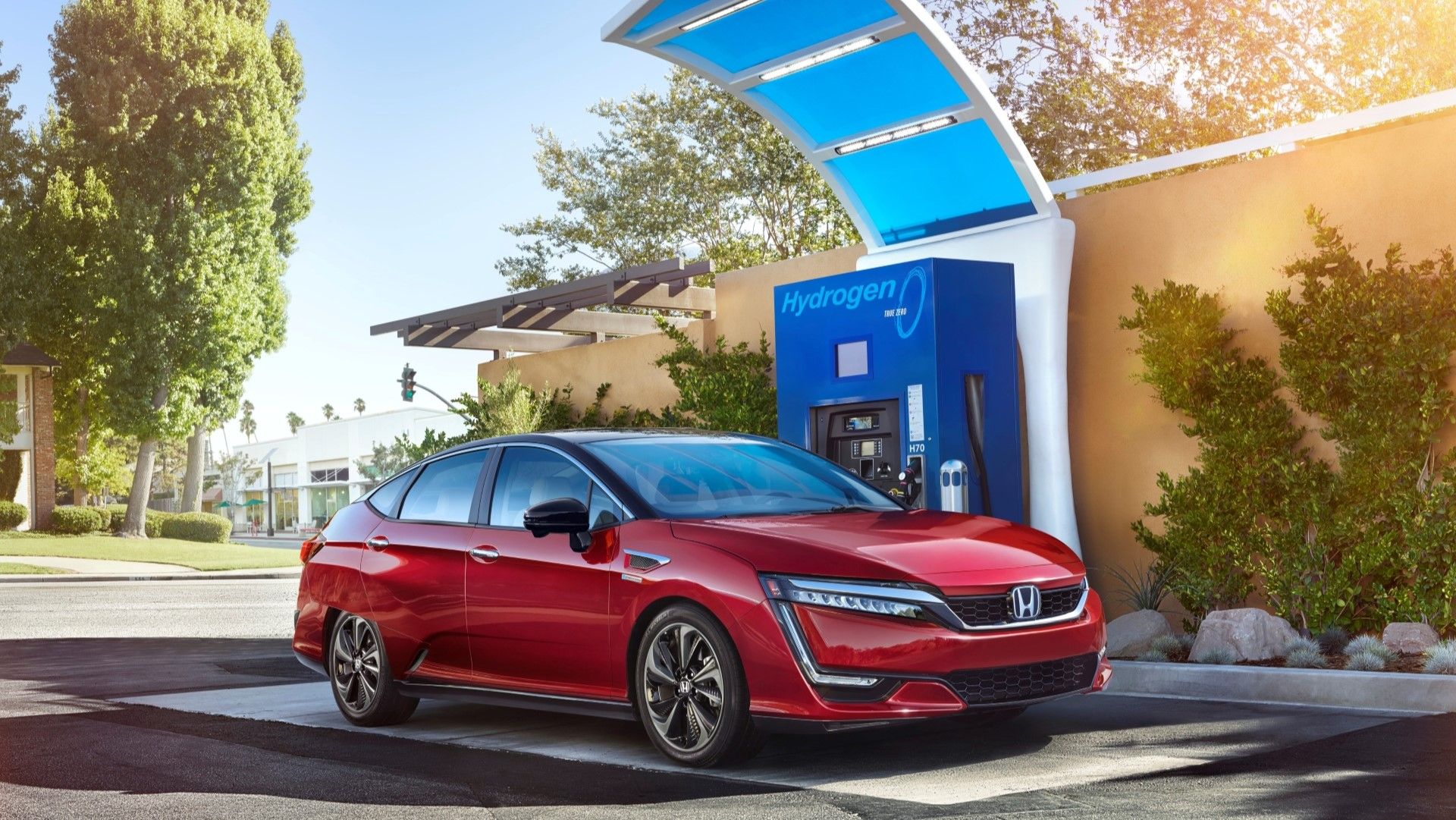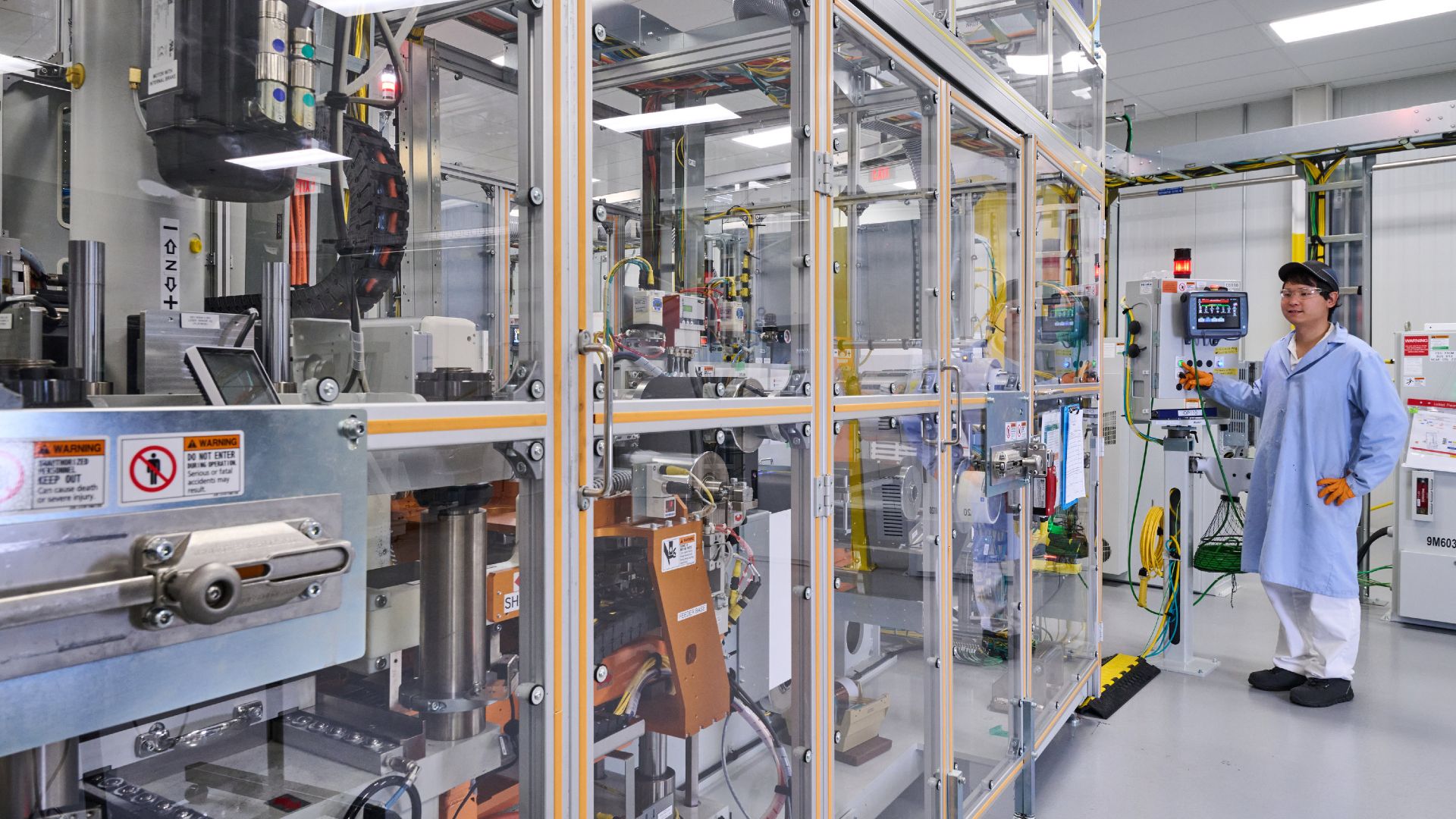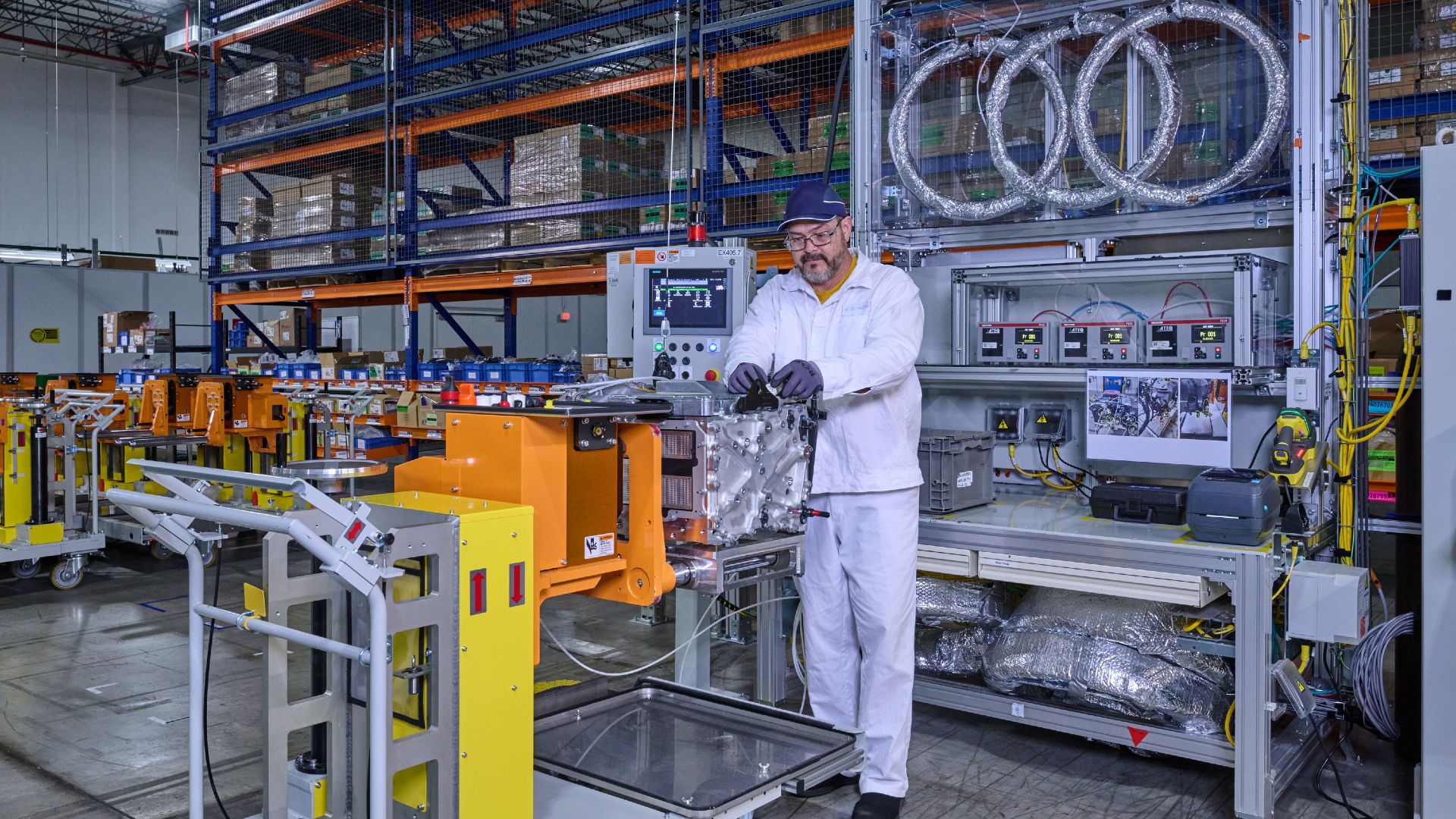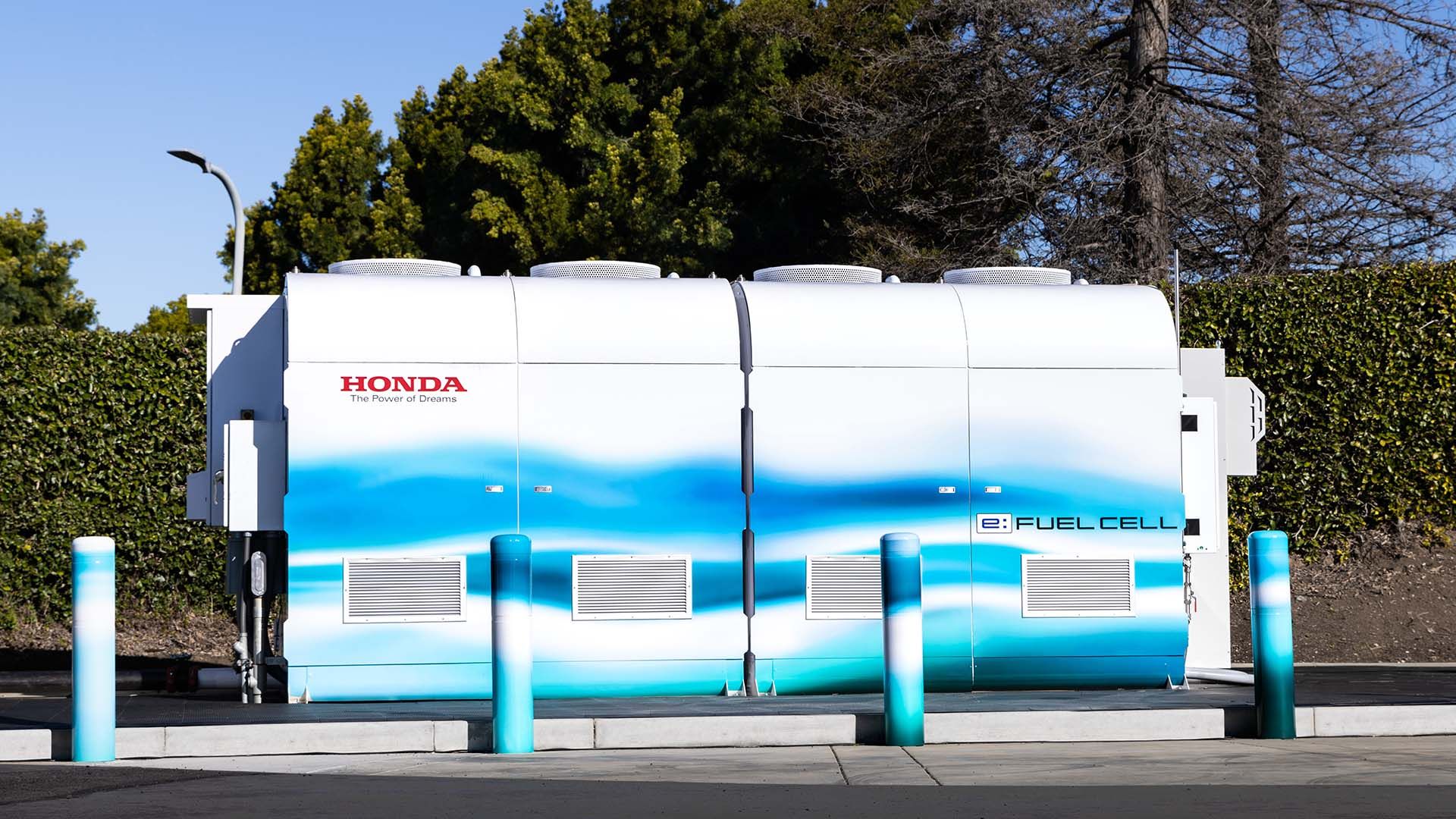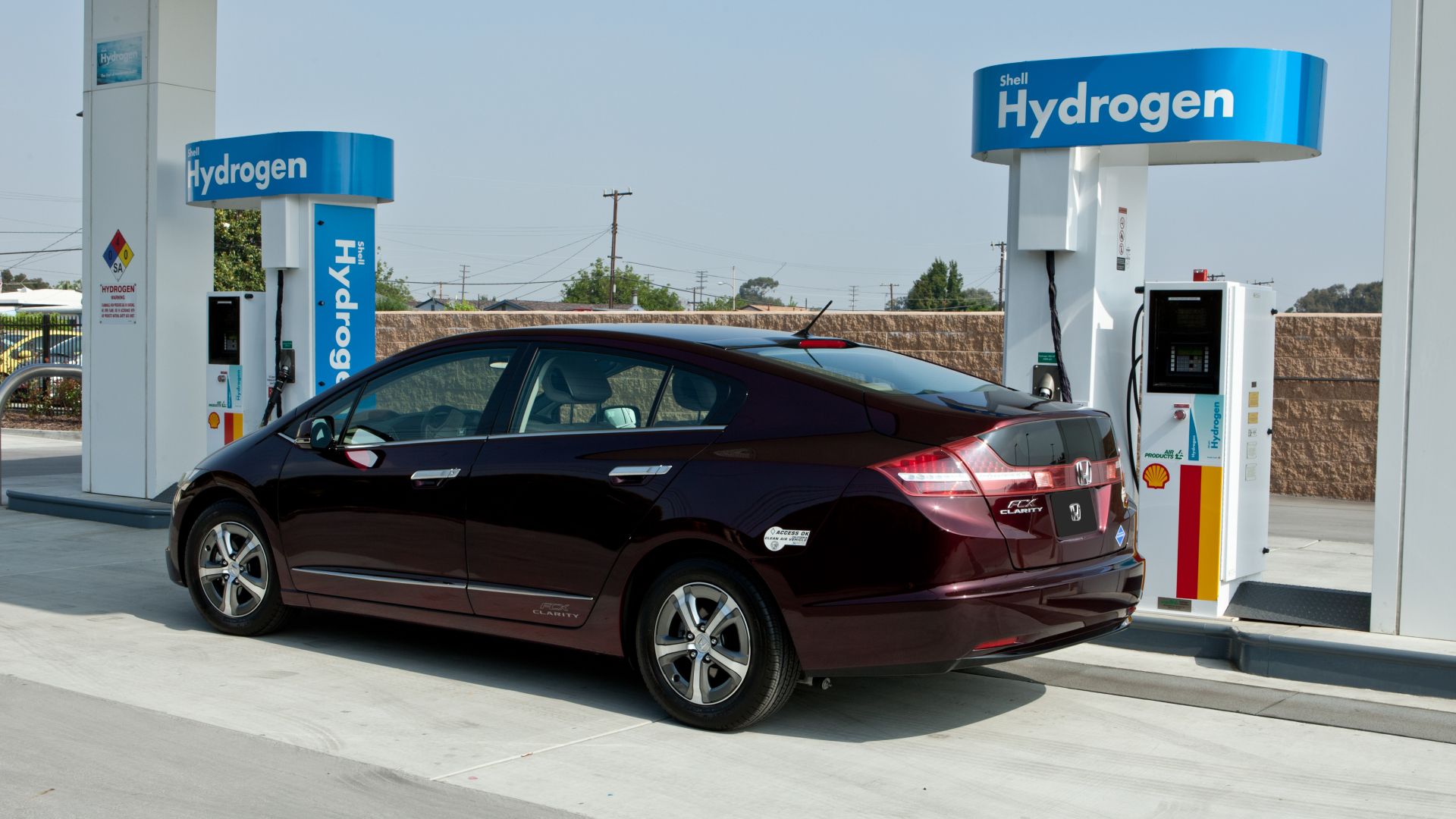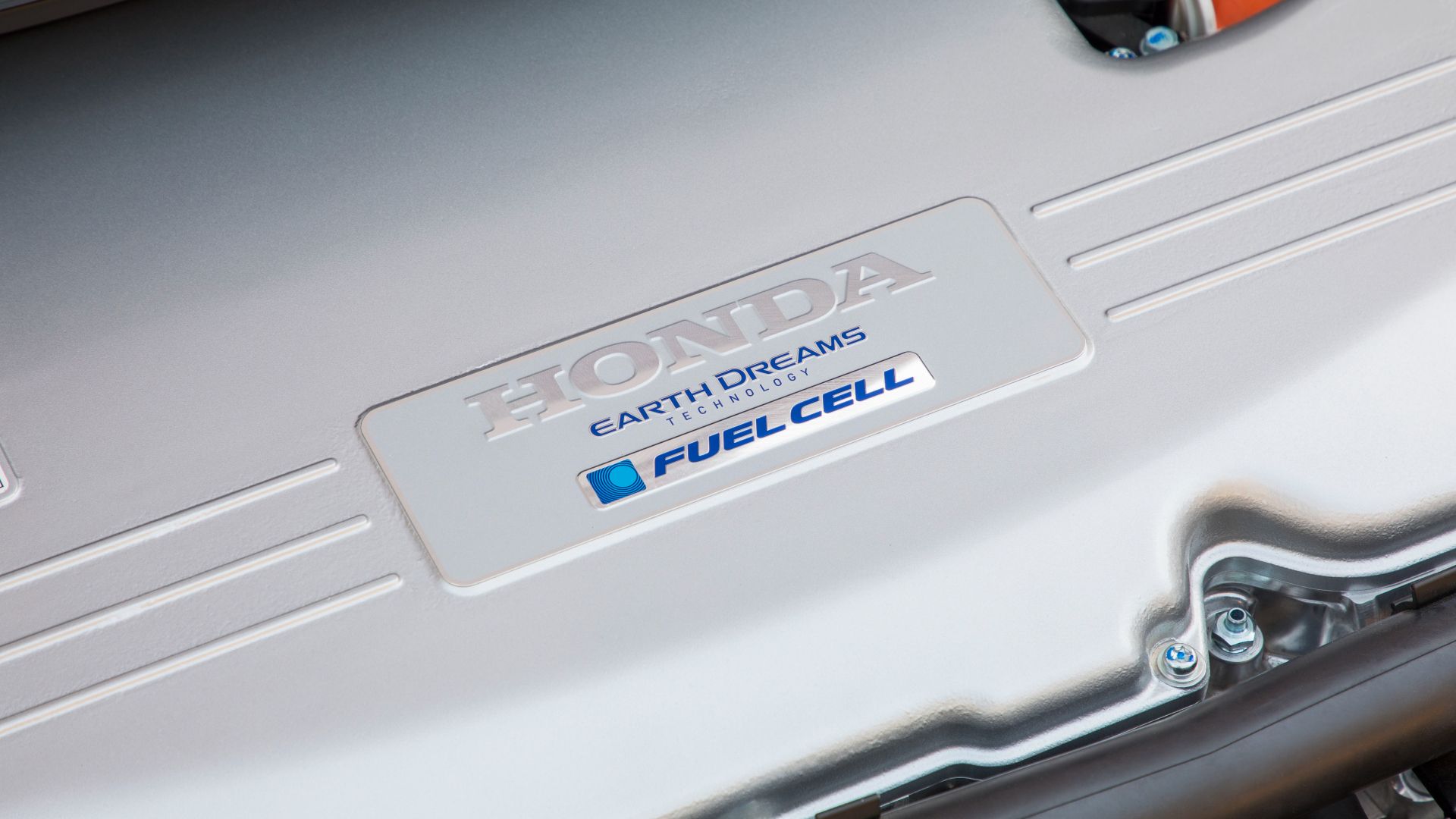As the world starts to move away from Internal Combustion towards Battery Electric Vehicles, Fuel Cell technology has started gaining traction among the big players in the automotive industry. None, however, have come close to the commercial viability of Toyota with the Mirai, Hyundai with the Nexo, and Honda with the Clarity FCV.
As players continue to ramp up their research and development of Hydrogen Fuel Cell technology, Honda and General Motors have decided to start up a joint venture to not only produce Hydrogen Fuel Cells for their cars, but to turn the market for this power source on its heels. Here are 10 facts that you need to know about Honda and GM’s new Fuel Cell partnership, Fuel Cell System Manufacturing LLC (FCSM).
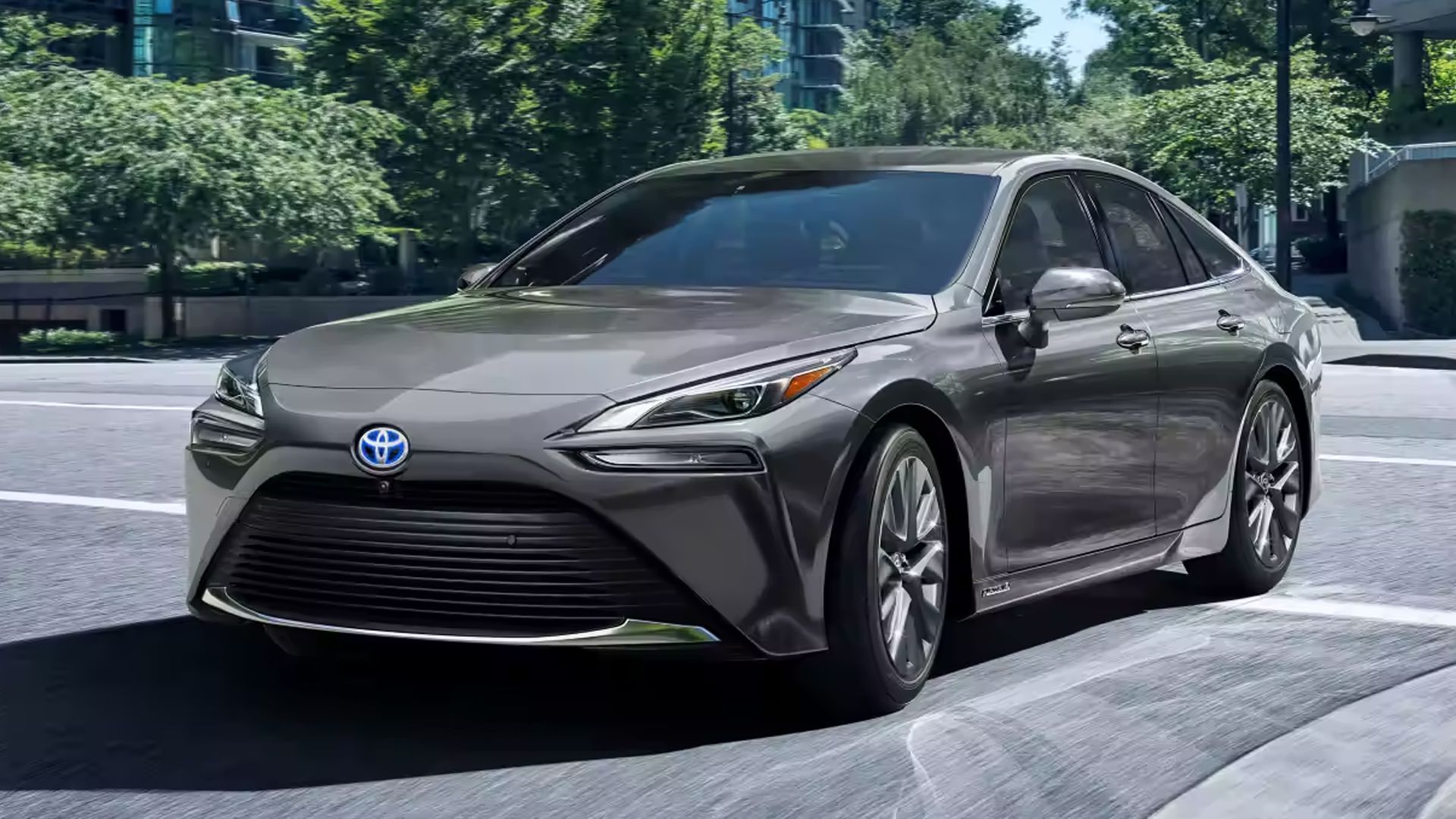
Here’s How Much It Costs To Refill A Hydrogen-powered Toyota Mirai
The Toyota Mirai is offered with $15,000 worth of free hydrogen for six years. This is how much you'll pay to refuel once that runs out.
In order to give you the most up-to-date and accurate information possible, the data used to compile this article was sourced from the official release websites of Honda and General Motors.
1 FCSM Has Been Developing Fuel Cell Technology Since 2017
The partnership at FCSM isn’t a new entity in the manufacturing world, having been developing fuel cell technology since 2017. Though that may only represent a fraction of time compared to how old Honda and GM are, both players brought their expertise in the field to the table, which meant that even as a new joint venture, it’s starting out on a base of knowledge collectively built by Honda and GM through their experiments with Hydrogen Fuel Cell technology.
Fuel Cell System Manufacturing LLC Brings Together The Hydrogen Expertise Of Honda And GM
- GM made its first attempts at hydrogen-driven vehicles in the 1960s with the 1966 Electrovan Hydrogen fueled concept.
- GM's research into the HydroGen 1 Opel Zafira opened the doors to their partnership with Honda.
- The Chevrolet Equinox FCV was the last HydroGen vehicle made by GM before the partnership started.
- The joint venture also brings the manufacturing philosophies of both GM and Honda together.
Production at this facility, however, didn’t start until much later. In fact, though production was slated to start in 2020, Honda and GM only started supplying fuel cells to partners in 2021, with 2024 marking the year that the facility started mass-marketing fuel cell stacks to customers. This is the first experiment from the two companies to see if the cleaner, more sustainable power source could be a market success in the future.
2 FCSM Is Located In Brownstown, Michigan
The main facility of FCSM is located on a 70,000-square-foot campus in Brownstown, Michigan. On top of this, the facility is located on the same campus as GM’s battery manufacturing facility, where the automaker makes the Ultium batteries for everything from the Equinox EV to the Hummer EV.
Motor City's Revival Is In Renewables
- FCSM has received accolades for pursuing large-scale renewable energy.
- The plant has already created 100 jobs in the niche Hydrogen market, despite the heavy automation in the plant itself.
- FCSM was a collaborative effort of Honda and GM with the local government of Metro Detroit.
- FCSM is bringing back automotive manufacturing to Detroit, and Michigan in general.
GM and Honda’s joint venture started with a total investment of $85,000,000 from both companies. As far as looking to the future goes, FCSM is the culmination of all the research and development both companies have put into Fuel Cells, and it shows.
This facility also helps revitalize Michigan’s economy by creating manufacturing jobs, and making the state part of a growing trend in manufacturing.
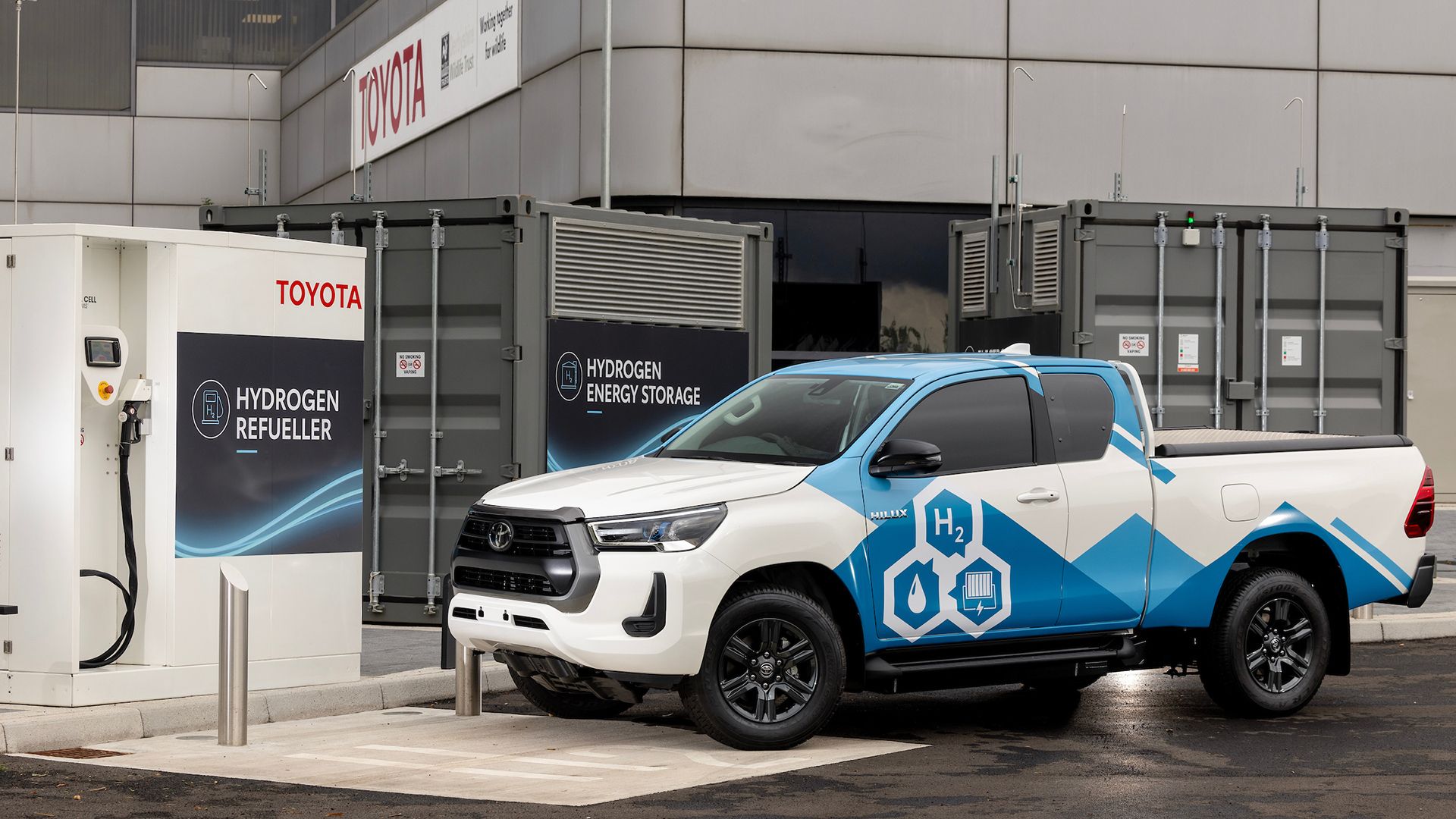
10 Things To Know About Toyota’s Hydrogen Fuel Cell Technology
Toyota is deeply invested in hydrogen, be it hydrogen fuel cells or hydrogen combustion engines. Here's what you need to know about the former.
3 First Of Its Kind Joint Venture
As it stands, FCSM is the world’s first joint venture, large-scale Hydrogen Fuel Cell Manufacturing facility. While that may be highly specific, GM and Honda’s recent announcement of starting mass production for commercial applications means that several markets will start seeing more and more Hydrogen fuel cell vehicles from these manufacturers.
Hydrogen Is Hot Right Now
- Honda and GM constitute one of the biggest firms researching Hydrogen.
- It's a response to accelerating research by competitors, as well as the cooling of Battery Electric markets in favor of other alternative fuels.
- Honda has already announced their latest foray, the 2025 CR-V FCEV.
- Honda, GM, and even other automakers are looking at Hydrogen Fuel Cells as the future replacement for diesel power, due to the clean processes used in comparison to diesel.
This does not mean, however, that FCSM is the largest manufacturing facility of Hydrogen fuel cells, nor is it the only one. What it does symbolize is the commitment GM and Honda have made to a zero-emissions future. As the world tries to move away from harmful lithium mining, Honda and GM's promise hydrogen vehicles - and how quickly it can get off the ground - will define the future of mobility for the company.
4 Honda Brings Real-world, Recent Experience To The Table
Before it was a manufacturing plant, the research done by Honda had already found its way into a commercially available Fuel Cell Vehicle – the 2017 Honda Clarity FCV. When it launched, the Clarity FCV was equipped with a 138 horsepower fuel cell, and 366 miles of range – making it the longest-running FCV at the time.
The Clarity FCV Proved Hydrogen Could Be (Semi) Affordable
- It retailed for nearly double the price of a Tesla Model 3.
- When driven carefully, the Clarity could go 366 miles between fill-ups
- The Clarity provided engineers insight into the future of FCVs.
The 2017 Clarity FCV also achieved the highest miles-per-gallon equivalent figures among all the hydrogen fuel cell cars tested by the EPA, with 68 MPGe combined.
Sadly, however, the production figures for the Clarity FCV were less than impressive. At just under 42,000 copies sold in its five-year production run, the Clarity wasn't a big seller due to hydrogen still being expensive to fill up (though Honda did give buyers $15,000 worth of hydrogen fuel credits), and stations being few and far between.
What also drove would-be early adopters away was the high asking price of $59,365, though any interested owners could only get them through Honda's leasing program at $369 per month. To put that into perspective, a typical plug-in hybrid at the time like Ford's Fusion Energi Plug-in Hybrid could be had for close to $40,000 instead, making the Clarity more of a leap of faith than a sensible sedan.
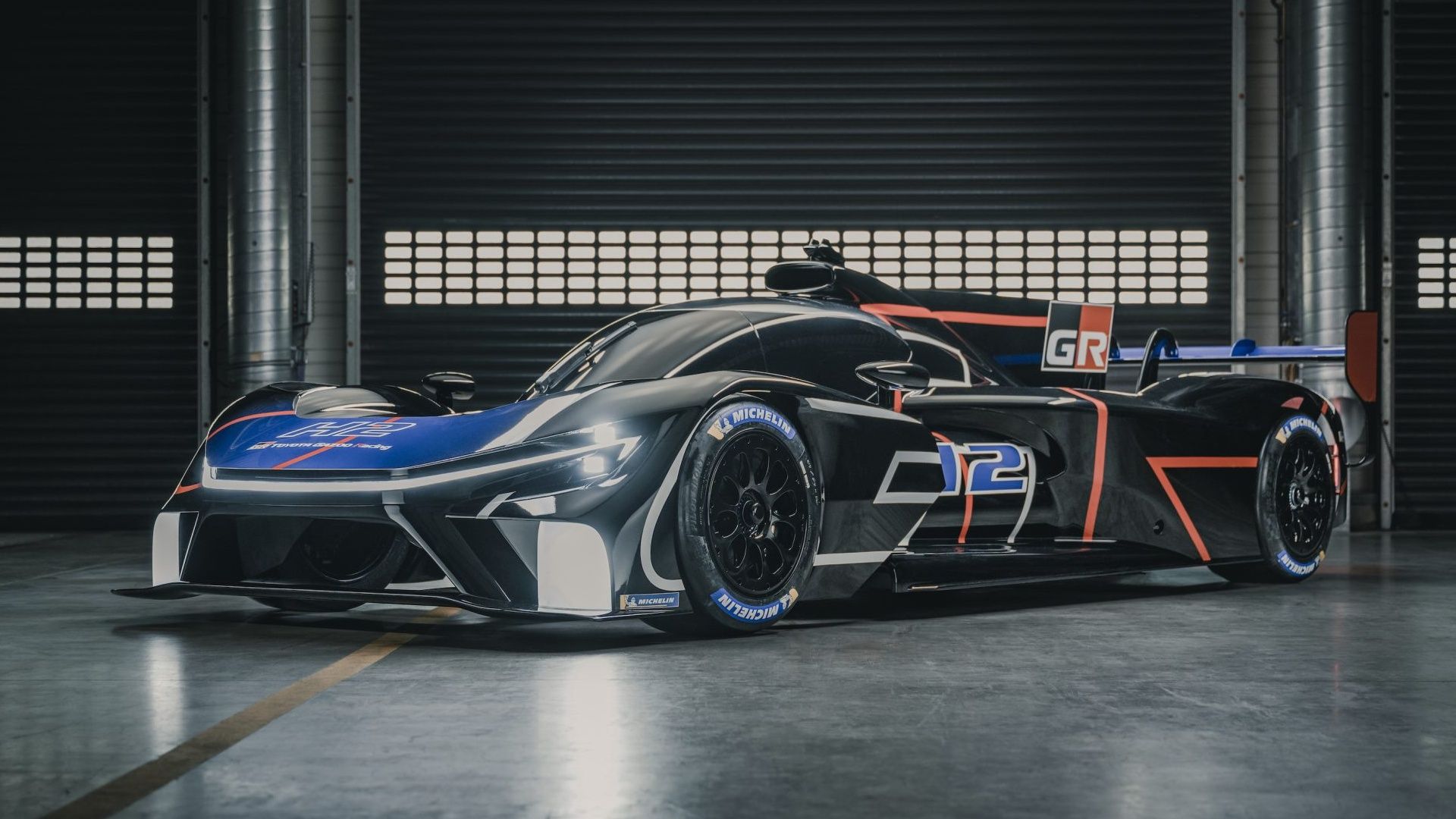
What Toyota’s Hydrogen Fuel Cells And Combustion Engines Mean For Its EV Future
Toyota may seem hesitant to develop EVs at present, but it is preparing for the future with hydrogen engines, fuel cells, and BEVs.
5 The Main Goal Is To Fully Manufacture Hydrogen Fuel Cells In-house
As production starts ramping up, FCSM is aiming to manufacture all of the used components for both GM and Honda FCVs to be built fully in-house. From cell stacks, storage tanks, and even the batteries themselves, Honda and GM have set up the facilities at FCSM, as well as the nearby GM Battery plant to make full drive systems on-site, with the least amount of importing.
FCSM Is Part Of The Charge Toward The Development Of Fuel Cells
- By aiming to develop the systems fully in-house, GM and Honda are helping to set the standards for Hydrogen fuel cell technologies.
- Expected production for Honda is 2,000 units by 2025, followed by 20,000 units in 2030.
- Once the process is done fully in-house from start to finish, FCSM can ramp up production for more and more fuel cell vehicles.
Part of the role fulfilled by FCSM is the incorporation of new methods of automating membrane-electrode assembly and fuel cell stack assembly. Aside from that, the process of making these components is done outside the facility, so if these two companies want to have a dominant foothold in the Hydrogen market by their goal time, the facility needs to be equipped to complete the process from raw material to fully-finished cell stack, all without outsourcing any part of the production process.
6 FCSM Aims To Lower The Development And Manufacturing Cost Of Hydrogen Fuel Cells
As astute businessmen would, no executive at GM or Honda would enter into this joint venture if it didn’t mean increased profits down the road. As such, part of the aim at FCSM is to lower the development and manufacturing cost of Fuel Cells to make them more and more viable as powerplants in GM and Honda vehicles.
By combining resources and research, GM and Honda hope to further their innovations of the technology to bring manufacturing costs down for not only their brands and subsidiaries, but also companies who would like to contract FCSM to build their Hydrogen fuel cells.
Lowered Costs For Honda And GM Also Mean Lowered Costs For The Industry As A Whole
- At the moment, mass production for Hydrogen fuel cell vehicles is still too costly to justify.
- As fuel cell technology is researched further, it becomes more efficient to produce on a large scale.
- The end result of reducing costs means Fuel Cell vehicles will become more and more affordable, as an alternative to traditional internal combustion engines.
As part of the cost-cutting method, the folks at FCSM plan to leverage economies of scale to advance fuel cell design, and reduce the use and waste of precious metals. Projections place savings for producing fuel cells to be a third of what they were to create the fuel cells Honda used in the last Clarity FCV.
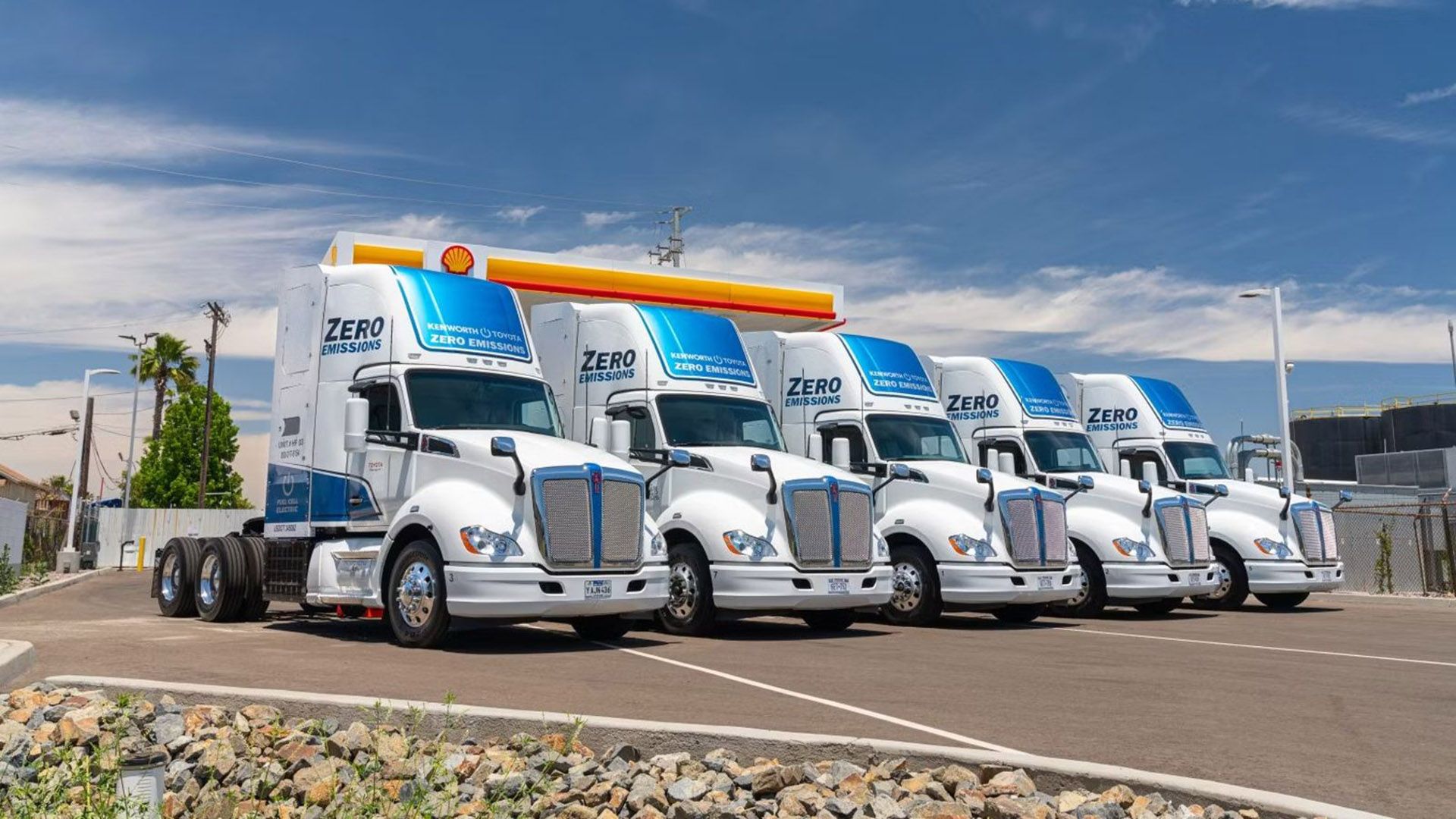
How Toyota Plans To Revolutionize The Trucking Industry With Hydrogen Fuel Cells
Toyota is working with PACCAR, one of the biggest companies in the trucking industry, to make hydrogen-powered trucks.
7 Development At FCSM Isn't Limited To Automobiles
As a facility dedicated to developing fuel cells in general, FCSM hopes to find more innovative uses for cell stacks in the energy sector.
As part of this, Honda unveiled a testbed on their California campus – a stationary fuel cell power station that supplies clean and quiet emergency power to the on-campus data center.
Fuel Cell Technology Represents A New Way Of Energy Conversion
- Honda is researching and experimenting with using Hydrogen to back up conventional power grids.
- The Fuel cell power station in Torrance, California was installed in March, 2023.
- A similar station was constructed in December 2023 by Honda Japan to power a Mitsubishi data center.
- This marks the first step Honda has taken to commercialize Hydrogen fuel cell technology for emergency power stations.
This marked the first step the company has made to bring fuel cell technology to energy grids, though on a relatively small scale.
This first step towards stationary fuel cell units points to FCSM’s development of less costly and better-performing fuel cell units that can become viable backup power sources for Honda and GM’s facilities worldwide.
8 It's A Start For Honda Towards Better Sustainability
As part of their thrust for sustainability, Honda aims to also use the development of their Fuel Cell Vehicles to pioneer new and inventive ways to make their production methods more sustainable. Aside from using materials that are ethically and sustainably sourced like vegan leather or recycled plastic interior panels, the main approach that Honda is exploring is the idea of resource circulation, specifically concerning used and broken-down vehicles, and how they can be used in the manufacturing process.
Recycling Is Paramount To The Clean Movement, And The Automotive World Is No Different
- Around 80-percent of a vehicle's components can be recycled.
- While environmentally friendly, the process of recycling the components is more costly than making it from scratch.
- Recycling precious metals like Lithium will ultimately decrease the carbon dioxide emissions made from Lithium mining.
This concept uses wholly sustainable materials to create a circular economy. To do this, Honda plans to recycle and reuse all the materials in vehicles that have already been produced, reprocess them back to raw materials, and reuse them in the creation of new products – turning old Hondas into new ones, so to speak.
This would essentially take something like a 2008 Honda FCX Clarity, break it down to its raw material components - steel, rubber, plastic pellets, and critically, the precious metals used in things like the battery and fuel cell stacks - and use it in creating a new vehicle, so as not to put more harmful chemicals out into the world, or taking them out of the world.
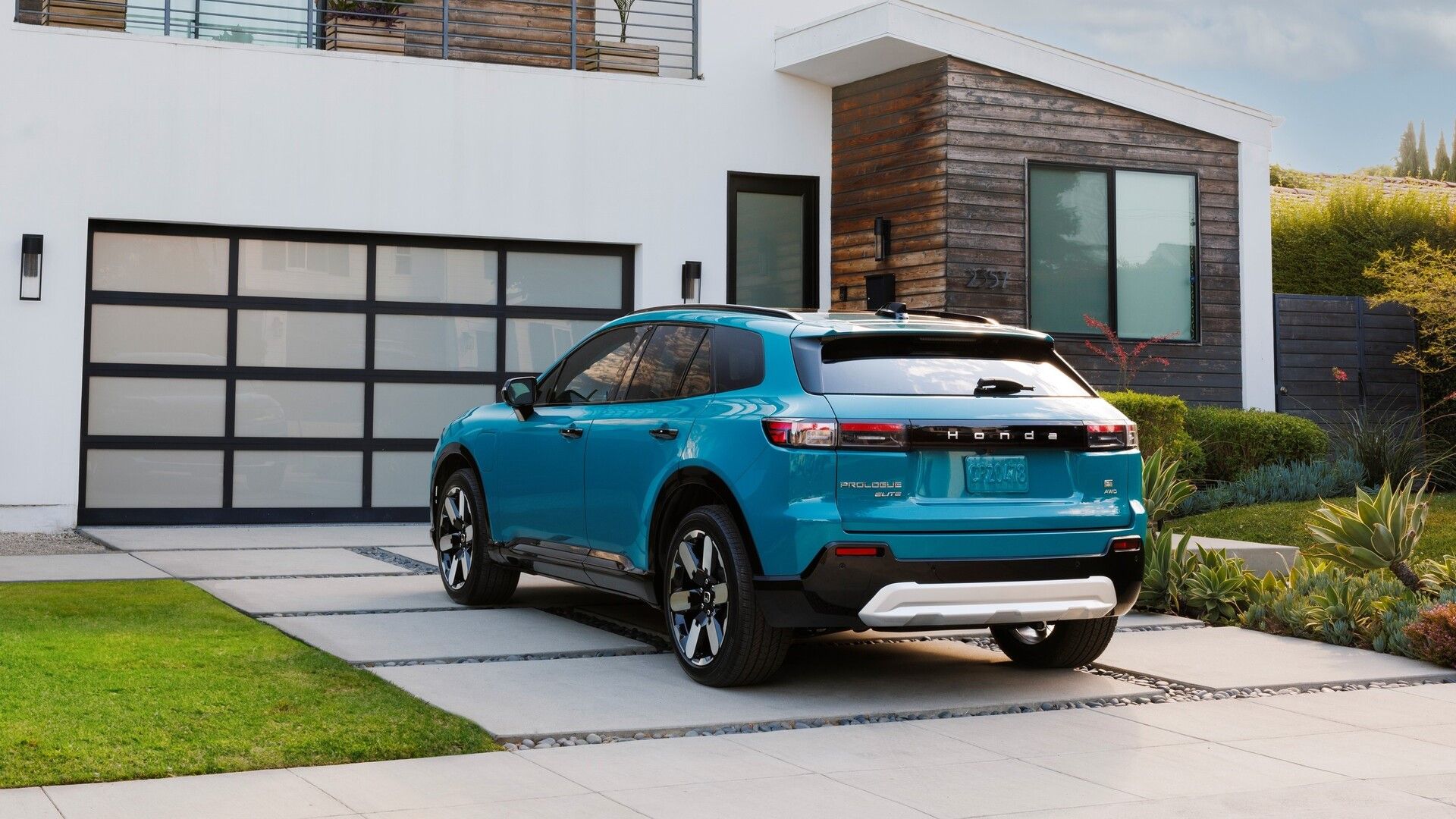
What Honda’s Partnership With GM Means For Its EV And Hydrogen Future
Honda and GM are collaborating on hydrogen fuel cells and a few EVs, and here's how it impacts the former's future.
9 They Already Have Commercial Applications Available
Although passenger vehicles powered by hydrogen aren’t as widespread as their battery-powered counterparts, GM and Honda have partnered up with companies in the heavy-duty commercial sector to make viable, zero-emission solutions for transport and heavy machinery.
Honda has partnered with Isuzu to create the Isuzu Giga FUEL CELL. This variation of Isuzu’s popular commercial truck was designed specifically for intercity transportation, and it’s in this role that Honda is pushing for hydrogen fuel cells to achieve lower emissions in the transportation sector.
Commercial And Industrial Applications Have The Most To Gain From Hydrogen Fuel Cell Technology
- The cleanliness of the fuel cell technology is more appealing than traditional diesel combustion.
- Other manufacturers like Komatsu are looking to FCSM for hydrogen-powered mining vehicles.
- Building for commercial applications first ensures a steady stream of reliable research data, as well as reasonable sales volumes for both Honda and GM.
On the other side of the world, Autocar, a manufacturer of semi-trucks and heavy machinery based in Alabama has partnered with GM to produce all-electric trucks powered by GM’s "Hydrotec" power cube hydrogen propulsion systems. Each power cube will have over 300 hydrogen cells and a power system generating over 77 kW of power, while linking several of these power cubes together could provide higher power ratings without the familiar clatter of conventional diesel powerplants.
The implications of these two examples, though, is that both GM and Honda could soon adapt the technology used here in applications with higher impact on the public, like mass transit buses and trains.
10 GM And Honda Aim To Achieve Carbon Neutrality By 2040 And 2050, Respectively
All of this effort from two of the world’s largest automakers is to achieve the goal of carbon neutrality – to balance out the company’s harmful carbon emissions with clean, and environmentally friendly methods that also clean up those emissions.
For GM, its target of being carbon neutral by 2040 meant that its products need to be zero emissions by 2035, with a large percentage of their vehicles being all-electric by 2025. GM’s product planning team has committed the company to providing an EV model for every customer, whether they are shopping for sedans, SUVs, trucks, or crossovers. On top of this, GM aims to power 100-percent of its operations with renewable energy, first by 2030 for U.S. sites, and by 2035 for global sites.
Honda And GM's Vision For A Clean Future Includes Hydrogen
- As water is the only measurable emission for Hydrogen Fuel Cells vehicles, the technology is attractive to companies trying to offset their carbon footprints.
- Hydrogen Fuel Cell Technology has been outlined by many environmental scientists as a potentially fully green and sustainable energy source.
- The research done at FCSM will undoubtedly affect the future of mobility for not only Honda and GM, but also a significant part of the automotive and energy industry.
Honda, by contrast, has promised to become carbon neutral by 2050. Part of their commitment is the abovementioned installation of a stationary hydrogen fuel cell power station as the backup power source for Honda’s data center in their California campus. Honda also aims to combine both renewable energy sources and hydrogen fuel cells to further integrate them into the energy network and create hydrogen ecosystems. For the car market, Honda has plans to make their cars 100% battery and fuel cell driven by the year 2040.


